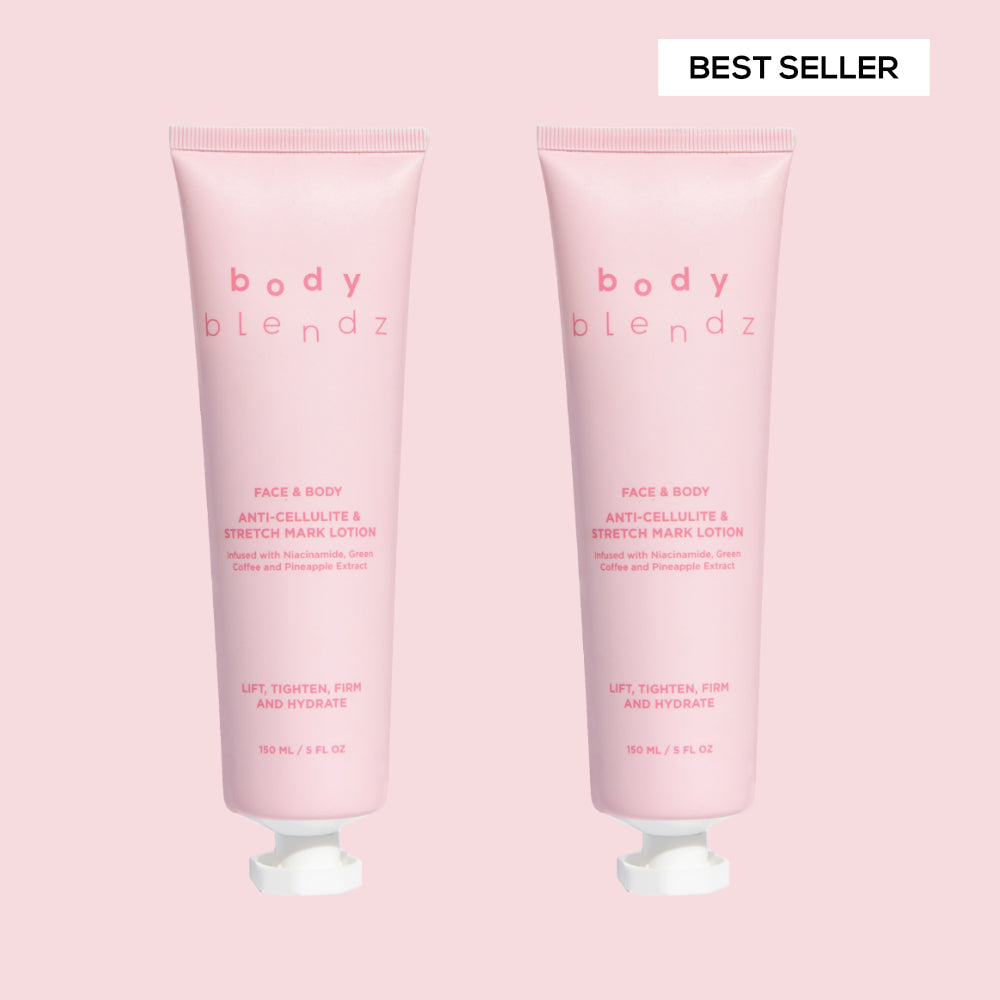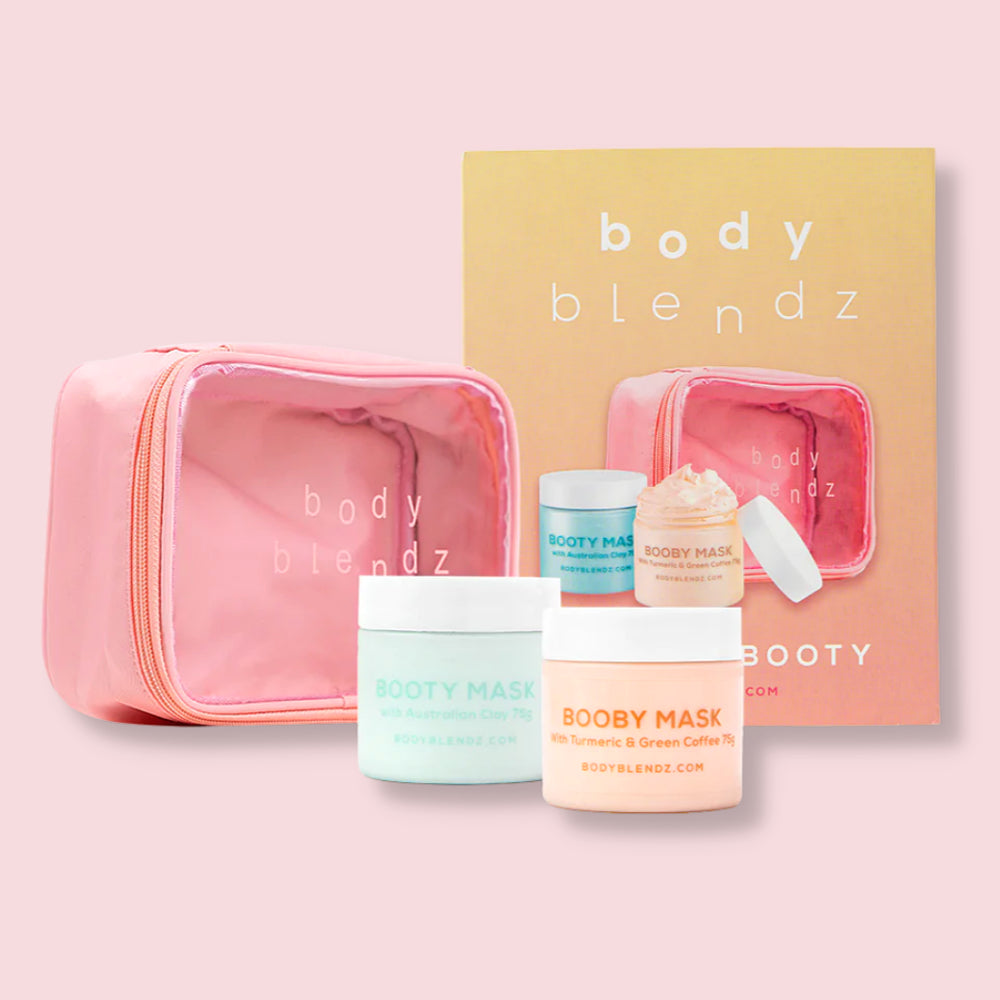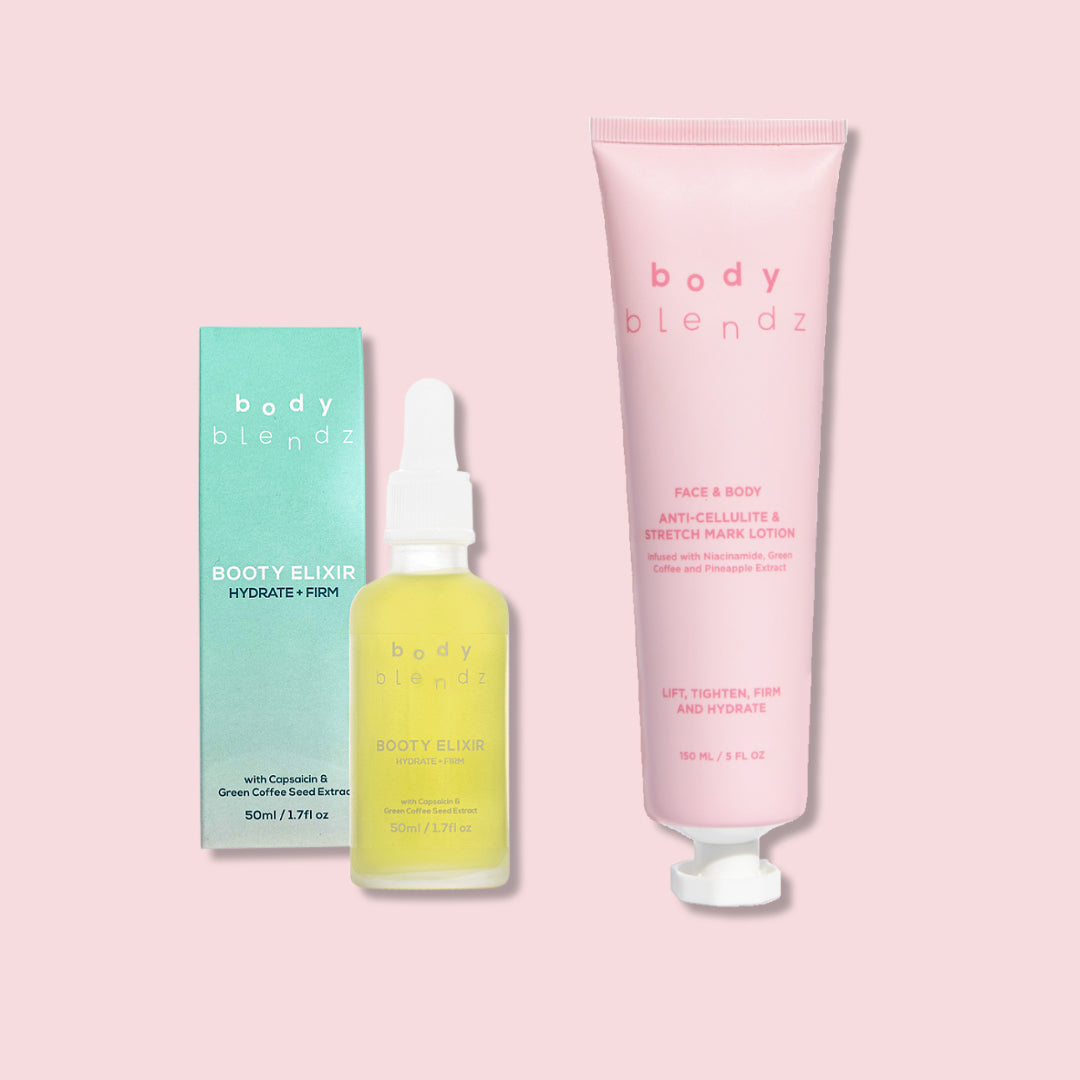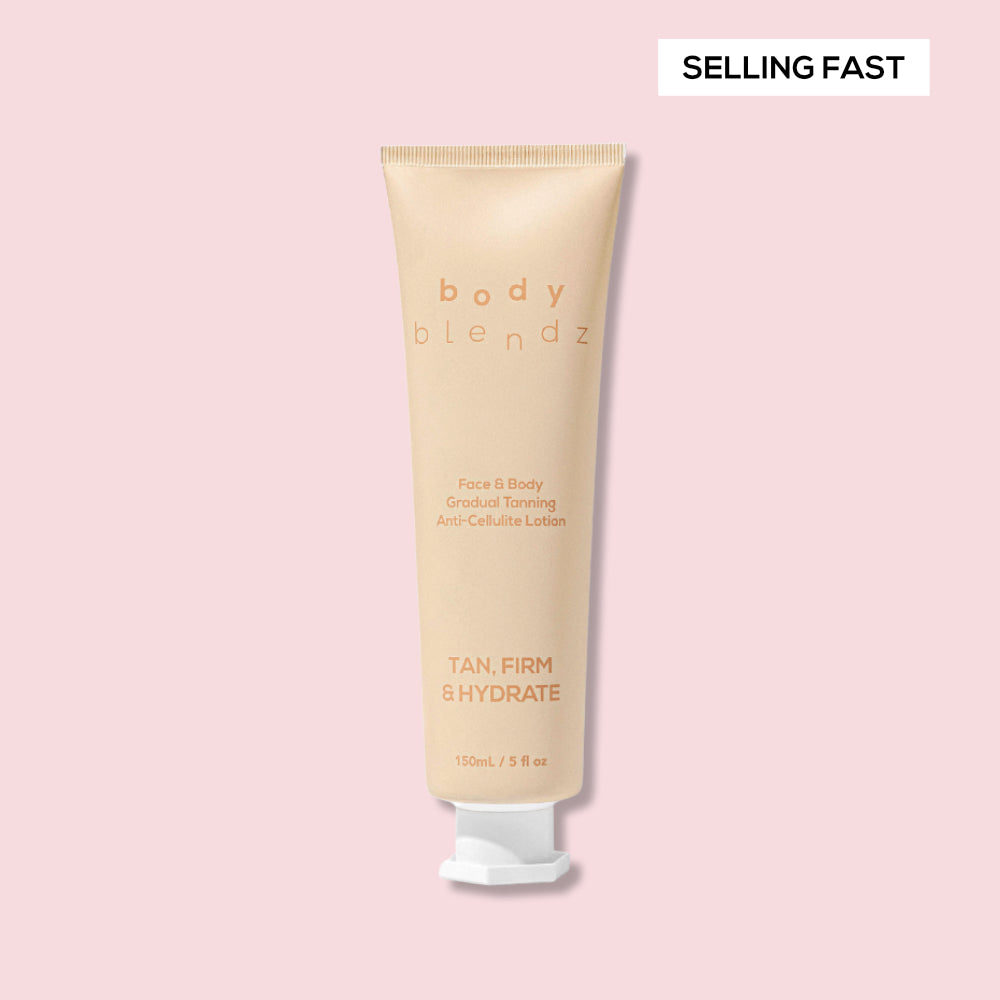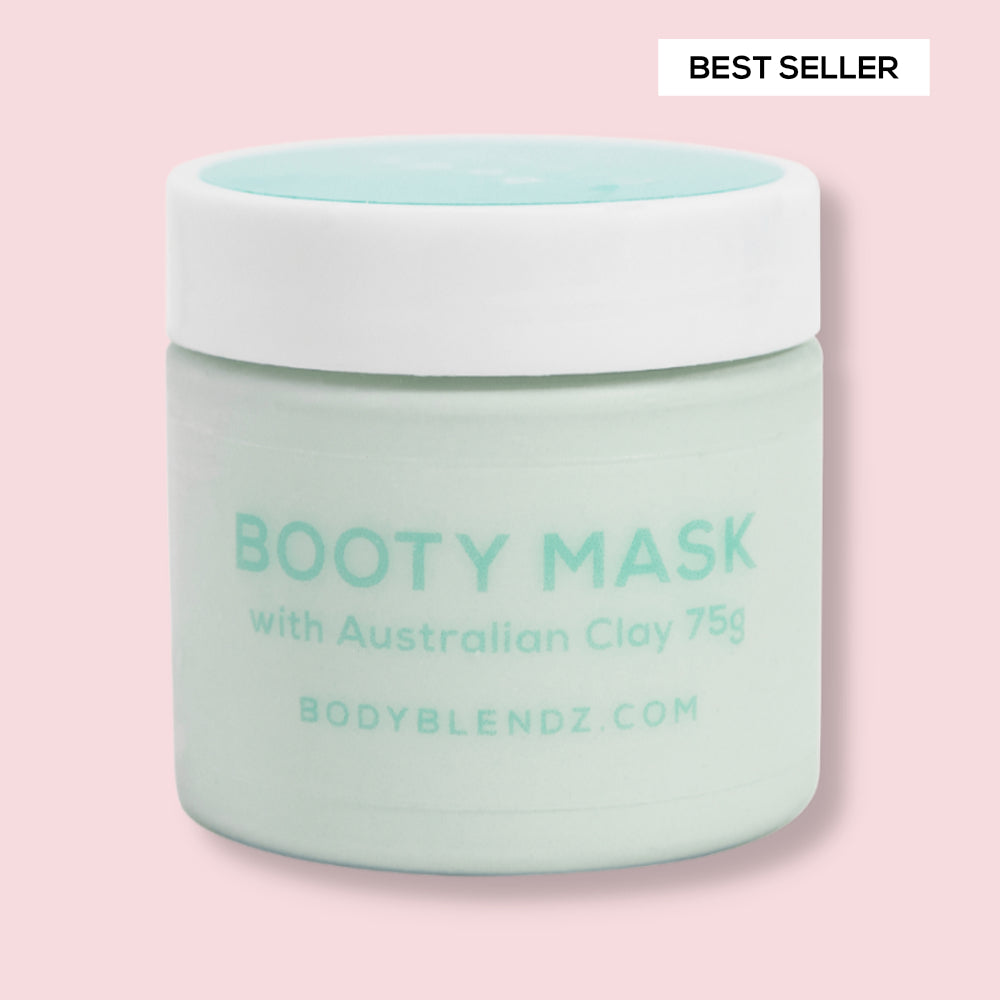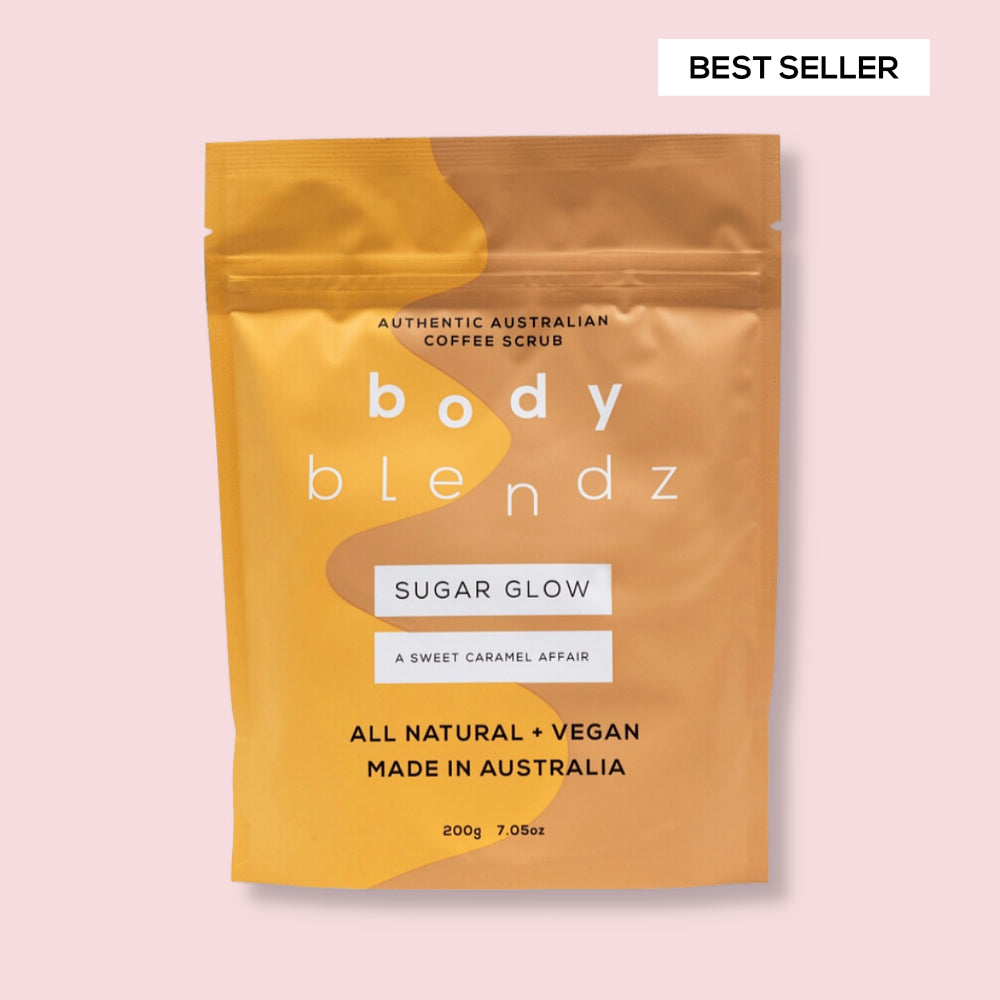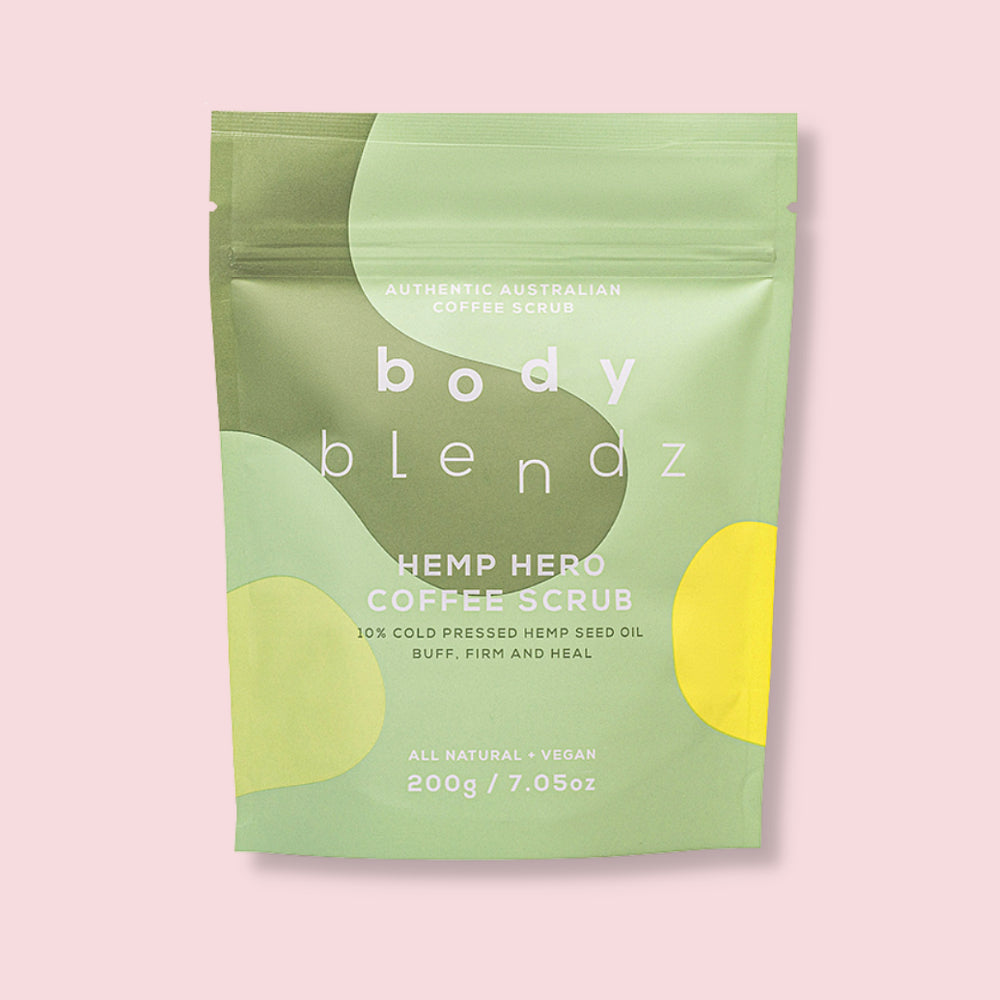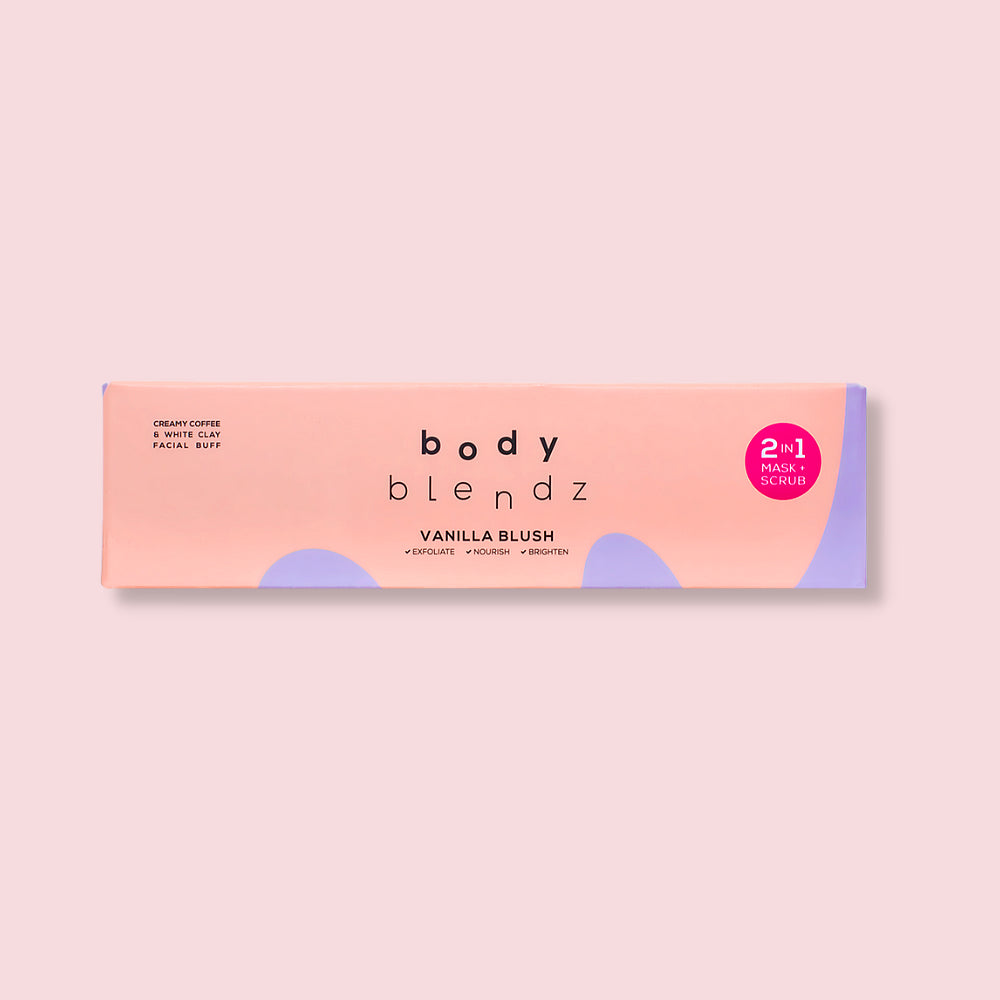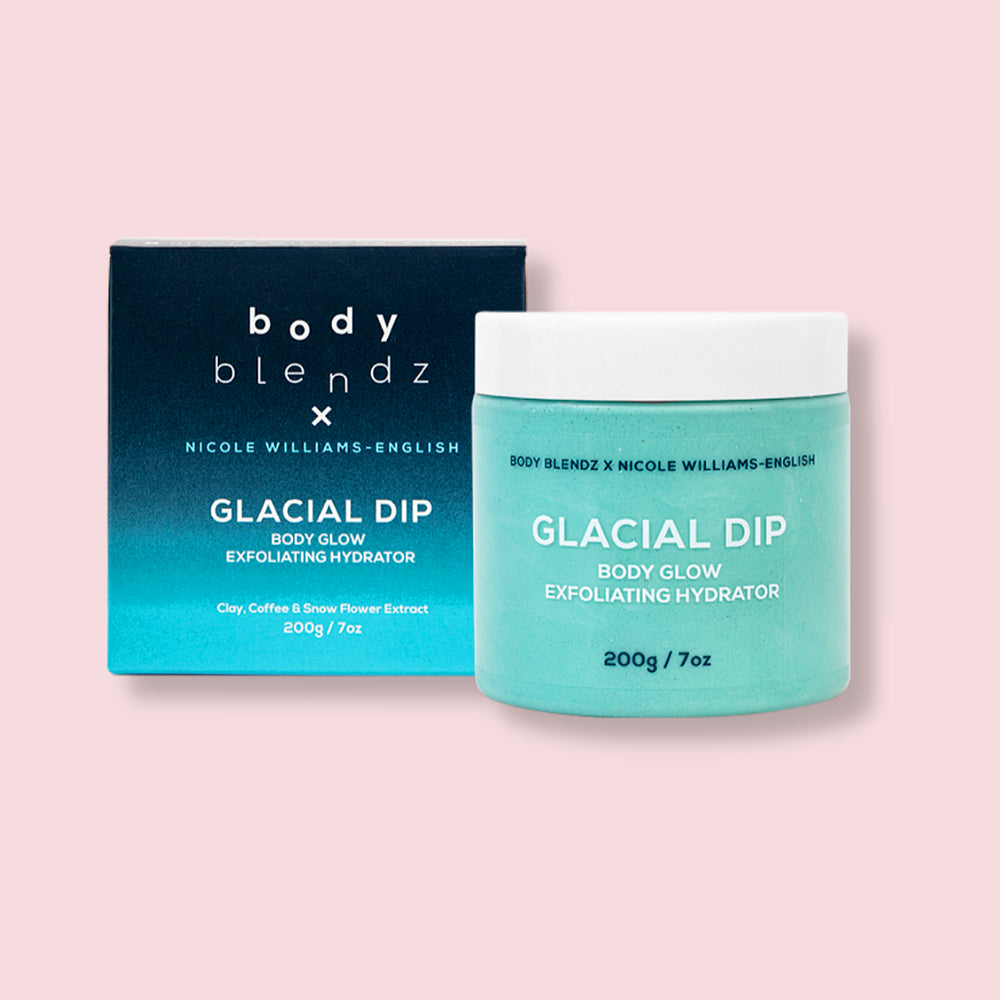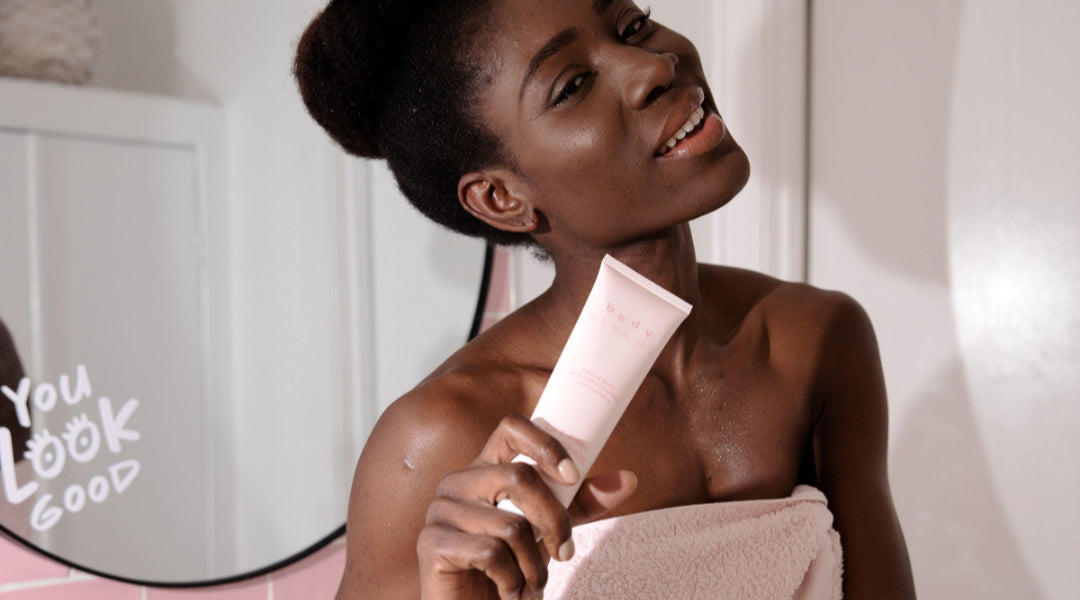Microbeads: The Teensy Orbs Causing Huge Troubles

Every day, marine life is endangered by the seemingly harmless use of plastic products. One such ingredient can be found inside cosmetics, cleansers, toothpastes and exfoliants. The miniscule plastic grains, commonly known as microbeads has slipped the scrutiny of environmentalist; hiding under the shadow of the bigger pollutants such as non-recyclable plastic bags and bottles. But not anymore. Recently, plastic microbeads has been banned from production and sale by the US and UK, and other countries are following the action. Here’s what you need to know about these synthetic cleansing ingredient, why they’re banned and what you can do to help.
What are microbeads?
Plastic microbeads are tiny, solid spheres of plastic that are less than 5 millimeter in size. They are often used to boost the cleansing action of a wash-off product; commonly found in face and body scrubs, face and body washes, whitening toothpastes and other household cleansers. Not only do these teensy, little grains abrade your skin, they also absorb toxic pollutants, and are non-biodegradable.

Why are they harmful?
According to Greenpeace, eight million tonnes of plastic enter the oceans each year that number includes plastic microbeads.
After scrubbing and washing the cleansing orbs off our bodies, they go down the drain. Given their microscopic size, they can readily slip unfiltered through sewage and water treatment systems and find their way into our lakes, rivers, and oceans.
What's worse is that the plastic microbeads absorb and get heavily coated by long-lasting harmful chemicals such as motor oil, pesticides, flame retardants etc. The microbeads are roughly similar in appearance and size to fish eggs, and considered food by marine creatures. These microbeads have already been found in the stomach of whales, turtles, fishes and even sea-birds. No, they are not only threatening marine eco-system. The biggest danger, According to Dr. Sherri Mason, a chemist and professor at the State University of New York at Fredonia, is that these toxic-coated, micro menace will find its way up the food chain – all the way to our dinner plates.
Dentists have also found plastic microbeads from toothpastes that has been lodged in their patients’ gums. Over time, the stuck microbeads will trap and absorb bacteria and toxins, thus causing tooth and gum disease.
![]()
Banned in the US and other countries
President Obama signed the Microbead-Free Waters Act. The act bans the production of rinse-off cosmetic products, including toothpastes, containing plastic microbeads. The manufacture of such products will be prohibited from 1 July 2018, and sales from 1 July 2019.
Canada
As of July 1, 2018, the sale of toiletries that contain plastic microbeads will be prohibited, unless the toiletries are also natural health products or non-prescription drugs, in which case the prohibition will begin July 1, 2019.
UK
The United Kingdom enforces the new regulation to ban production of rinse-off cosmetics containing microbeads from January 1, 2018 and the cessation of sales of rinse-off cosmetics containing microbeads started July 1, 2018.
New Zealand
New Zealand banned plastic microbeads since June 7, 2018.
Australia
Australia has encouraged a voluntary phase out of microbead-enladen products since July 1, 2018.
Other countries that are following suit and in the legislative processes are:
Taiwan, Korea, some EU countries, Philippines, India
![]()
Where are the microbeads in my house?
Not sure if you have microbeads lurking in your cupboard or dresser? Read the label(s), watch out for these pollutants. Below is a list of plastics that are commonly used to produce microbeads.
• Polyethylene (PE)
• Polypropylene (PP)
• Polyethylene terephthalate (PET),
• Polymethyl methacrylate (PMMA)
• Polytetrafluoroethylene (PTFE)
• Nylon (PA)
What can I do to help?
After you’ve identified the offending products, get rid of them safely. Do not pour them down the drain. As you now know, that’s how the microbeads enter our water system.
Using cheesecloth or a coffee filter, strain the liquids. Wrap and throw the microbeads in the trash. Better that they go to the landfill than into our oceans. You may need to dilute the products with water, if they are in cream or paste form.
Once you’ve disposed of them safely, the next step is to stop buying products with microbeads. Select products with natural abrasives instead, such as sugar, pumice powder and coffee – they’re the perfect, guilt-free way to beautiful, freshly scrubbed skin.
![]()
Recovery Face Serum |
2 in 1 Mask + Scrub Exfoliating Capsules |
